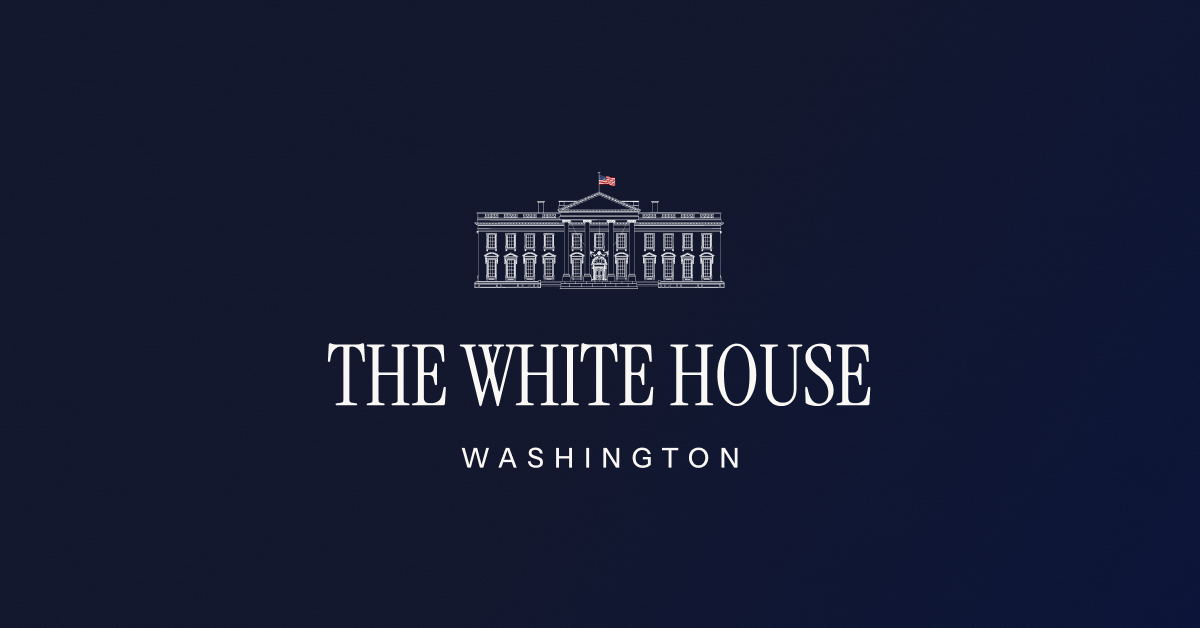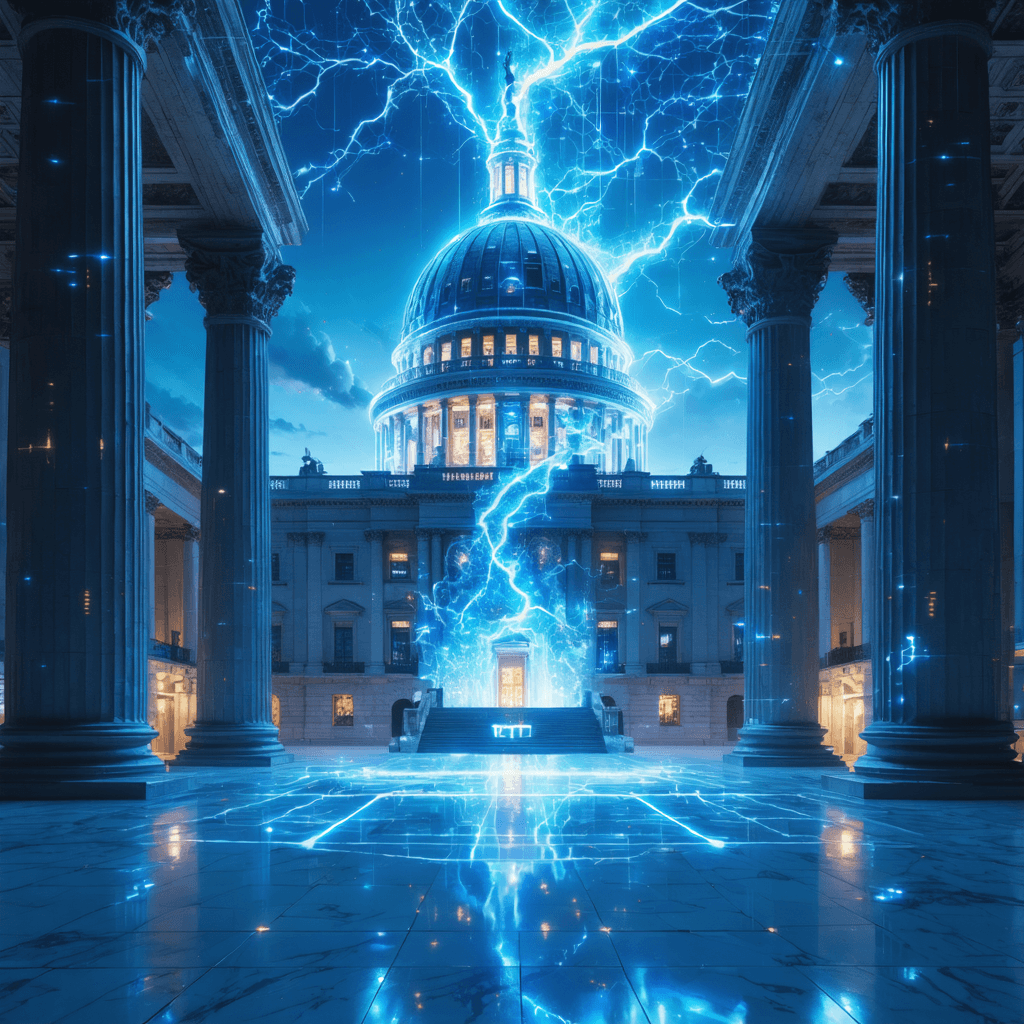AI Governance vs Executive Power: The Silent Battle Reshaping Digital Security
The increasing integration of artificial intelligence into our digital infrastructure has sparked a complex power dynamic between AI governance frameworks and executive decision-making. This tension is reshaping the landscape of digital security in ways that few could have predicted just a few years ago.
The Current State of AI Governance
In early 2025, we've witnessed unprecedented developments in AI governance structures. According to recent executive orders, there's a growing emphasis on balancing innovation with security concerns. The U.S. government has taken significant steps to establish leadership in AI infrastructure while maintaining robust security protocols.

The federal government's approach focuses on accelerating AI development while simultaneously strengthening cybersecurity measures. This dual-purpose strategy reflects the complex relationship between innovation and security in the digital age.
The Executive Power Paradox
Corporate leadership faces an interesting paradox. While McKinsey reports that almost all companies are investing in AI, only 1% believe they have reached maturity in their AI implementations. This gap between investment and maturity creates a challenging environment for executives who must balance:
- Rapid technological adoption
- Security compliance
- Governance frameworks
- Competitive advantage
Global Perspectives on AI Governance
The European Union has established a comprehensive AI governance system through its European AI Office, emphasizing safety and ethical considerations. This approach contrasts with other global powers, creating a complex international landscape for organizations operating across borders.
Digital Security Implications
The 2025 Global Digital Trust Insights Survey reveals a fundamental shift in cybersecurity paradigms. As one expert notes, "Cybersecurity is predominantly a data science problem," highlighting the increasing role of generative AI in cyber defense strategies.
Key security considerations include:
- Integration of AI-powered security systems
- Real-time threat detection and response
- Automated security protocols
- Human oversight and intervention points
The Role of Corporate Leadership
PwC's 2025 AI Business Predictions highlight the emergence of new management roles specifically designed to:
- Integrate digital workers into workforce strategies
- Monitor AI systems
- Implement governance frameworks
- Ensure regulatory compliance
Bridging the Governance Gap
The Stanford AI Index 2025 emphasizes that while AI benefits are substantial, they won't be evenly distributed without thoughtful development guidance. This highlights the need for:
- Structured governance frameworks
- Executive accountability measures
- Transparent decision-making processes
- Ethical AI implementation guidelines
Impact on Organizational Structure
The evolution of AI governance is forcing organizations to restructure their decision-making hierarchies. Traditional executive power structures are being challenged by the need for:
- Distributed responsibility models
- Cross-functional AI oversight committees
- Enhanced stakeholder engagement
- Real-time governance adjustments
Future Considerations
As we move forward, organizations must prepare for:
- Increased regulatory oversight
- Enhanced transparency requirements
- Greater emphasis on ethical AI deployment
- Stronger integration between governance and executive functions
Best Practices for Organizations
To navigate this complex landscape, organizations should:
- Establish clear AI governance frameworks
- Develop robust security protocols
- Implement continuous monitoring systems
- Foster collaboration between technical and executive teams
- Maintain flexibility in governance structures
The Path Forward
The silent battle between AI governance and executive power is reshaping not just digital security, but the very nature of organizational leadership. Success in this new landscape requires a delicate balance between innovation and control, between automation and human oversight.
Ready to master the complexities of AI governance and digital security? Explore our comprehensive courses and resources at 01TEK. Our expert-led programs will help you navigate the evolving landscape of AI governance and executive leadership. Visit 01TEK's learning platform to start your journey toward digital excellence today.
Sources:
I wasn’t satisfied just to earn a good living. I was looking to make a statement.
Donald Trump



